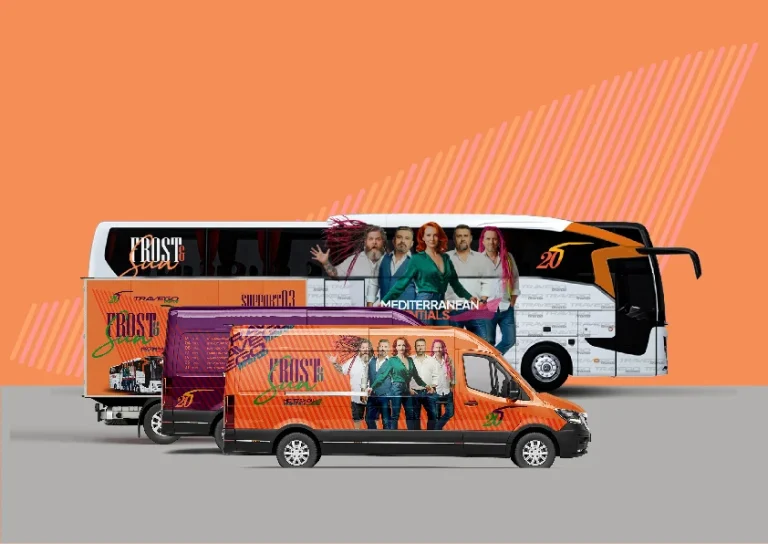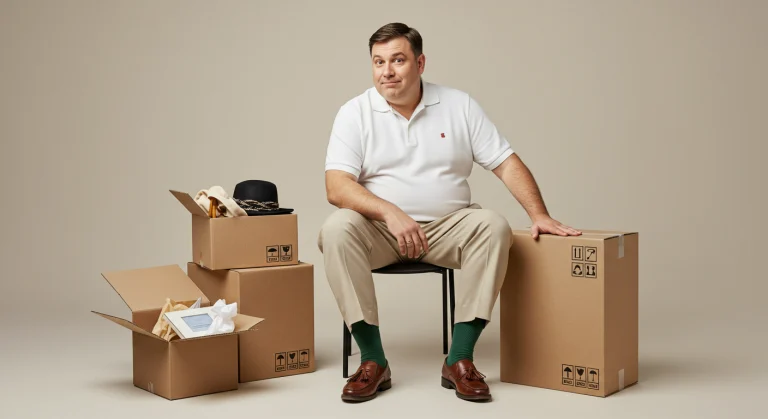You’re probably aware that you have endless options for everything around you today.
You want a coffee; there are multiple coffee shops, and you walk into one and choose from dozens of different options. You want to buy a new cell phone; there are many brands, and within those brands, dozens of different models. You want to go on vacation; the hotel website offers a variety of packages, and you try to choose one.
Why does even a small decision turn into a major ordeal? So why does having so many options make you feel exhausted instead of happy?
Welcome to the age of decision fatigue.
The term decision fatigue first appeared in the social psychology literature in the 1990s.
Social psychologist Roy F. Baumeister and his team observed that people make numerous big and small decisions throughout the day, and as these decisions accumulate, the quality of their subsequent choices tends to decline. This finding that identified by Baumeister and his team, has been linked to ego depletion, a theory defined as the depletion of self-control resources over time. In other words, the mind operates like a power source with limited energy, and each decision depletes some of this energy.
In the 2000s, the concept of decision fatigue gained traction in both academia and popular culture. The famous jam experiment, which is directly related to the subject, revealed how the abundance of options offered to consumers affects their purchasing behavior.
More options, more energy consumption
Having more options doesn’t mean making better decisions.
The state of abundance may drain the mind’s energy, cause delays in making good decisions, create boredom, and lead to making a random choice among options or giving up altogether.
One of the most striking examples of the relationship between offering too many options and selling a product is the jam experiment by Sheena Iyengar and Mark R. Lepper, a joint Columbia & Stanford study.
In the experiment, 24 varieties of jam were displayed in a supermarket. Customers examined these products but didn’t buy them. Product quantity was reduced to six, and sales increased.
Eyes prefer more, but minds are more comfortable with fewer options.
Enclosed, sunless, synthetic-lit market syndrome
I’ve been living in a village outside the city since four years, and I do my daily shopping at the local market or at the open-air shops on the roadside. I also have to regularly visit one of those large, all-you-can-eat supermarkets, usually on Sundays. The moment I enter this enclosed, sunless, fluorescent-lit structure, the store’s structure seems chaotic.
The supermarket offers me a wider variety of products than any high street shop. This seems positive for both the market and its suppliers. Listing similar products by brand and dividing them into different segments is a common marketing tactic, but when I see so many similar products on the same shelf, it takes me longer to decide whether to buy a product.
Is it this or that; black cumin, flaxseed, edible blue poppy, lemon, cinnamon, spiced or just plain?
I already feel overwhelmed indoors under the synthetic light. When I buy something and go to the checkout, I ask myself “should i buy other product?” and I feel regretful. Sometimes I give up on buying the item altogether and leave the store with nothing. All I want is a biscuit.
The first signs of decision fatigue
Deciding which shirt, socks, or shoes to wear, choosing a burger from dozens of options on the menu, browsing through plans to switch to a new cell phone service plan…
Every decision you make drains energy from your mind and when you spend this limited amount of energy comparing and choosing among many options; eventually you start to remain silent while someone else makes choices on your behalf, procrastinate, and make random choices.
This is particularly evident when purchasing services.
The most obvious example I can give is something most of us have encountered at least once in our lives: tariffs offered by telecommunications service providers, with varying terms and conditions. Package contents, tariff overages, additional packages, international usage, and various features included in the package—often unused—all change the outcome of the decision, known as the decision-making cost. Making the wrong choice triggers avoidance of the purchase.
The confusion begins here: when you choose a plan, you’re constantly wondering whether the other plan is more advantageous. When you buy a new phone, you wonder if you like the other model better or, you’re torn between two shirts in similar shades of blue; wondering you’d look better in other one.
Ultimately, you either end up not making any choices at all or the choices you do make are more likely to be wrong.
I can give a more concrete example from retailing.
It’s safe to say that, at least one of people who cruising in the aisles at a physical retail store, look for and try on similar products, but don’t approach the checkout, because they can’t decide which product to buy.
Counting a customer every fifteen minutes; means four per hour, forty per day, and twelve hundred per month.
The primary reasons these customers leave the store without purchasing, they’re considering are product quality and price, but they also spend a significant portion of their energy examining similar products and comparing their features.
A customer might like a product and intend to buy it, but same person is not sure he/she’ll regret not buying another product from the same store or a competitor.
More variety may attract the attention of customers, but offering more variety does not mean that sales will increase accordingly.
What can you do to overcome decision fatigue?
- Clarifying what you want in the product / service you want to buy will make your decision easier.
- Reduce your criteria for the product you want to buy as much as possible. Don’t list three good items or more than five; shortlist two or three.
- Make a list of “must-haves” and relegate the rest to the “even if it is possible” category. Buy the product that’s “good enough” for you.
- Instead of searching for the perfect product, consider focusing on what’s “good enough” and making it perfect for you. Searching for the perfect one may wastes your time and you might not be able to return to the good enough one.
- Dividing multi-part purchases into several parts spreads decision-making over time, thus reducing the likelihood of decision-making fatigue.
- Before purchasing high-budget products, doing research on each feature of the product also makes it easier to decide. To better understand the benefits offered by the product, following the comments and recommendations of people who have previously purchased the product influences the purchasing decision.
- When you realize that the products you purchased do not work for you or simply, you want to change / give up purchasing the products, you can choose sellers or platforms where you can return the products you purchased without any problems.
What can brands do to prevent decision fatigue among consumers?
The amount of lost sales due to decision-making fatigue is truly significant. Brands can make some optimizations in their product offerings and service delivery to reduce this loss.
The first of these is reducing product variety. For example, if you sell mobile phones, offering models from different vertical segments rather than offering several different models of the same brand with similar features seems like a smart option to alleviate potential consumer indecision.
Simplify labels and highlight the product’s true benefits and features that directly interest the target audience, outlining each feature that sets the product ahead of its competitors in a single sentence. This allows consumers to better understand and recognize the product, and behavior can turn into a purchase more quickly before they succumb to decision-making fatigue.
Instead of overwhelming the consumer with too much information, present information gradually. Clutter-free product information can be presented in a pyramid structure, starting with the product’s basic features and expanding toward more technical data.
Offering product comparisons using descriptive tables instead of long and confusing paragraphs is another way to ease the decision-making burden on consumers. Smart filters, well-designed guides, and even AI-powered wizards will help provide each consumer with the two or three different personalized recommendations they need.
Fewer options, clearer decisions.
The equation is simple: fewer options means clearer decisions. This means more peace of mind. Giving more option to a person means longer decision-making period and it becomes difficult to choose between options.
Therefore, rather than increasing the variety, it seems more important to structure the options correctly. Simplify the equation; reduce the variety; eliminate confusion.
When I talk about decision-making fatigue, I’m doing about one of the hidden burdens you carry in modern life. Plenty of unlimited options, high customization, even multiple payment methods, and dozens of different delivery options…
While more options may seem like more freedom, the thoughts in people’s minds remain simple: to purchase and use a product or service in a simplified, clear, and reliable way.
For further reading…










